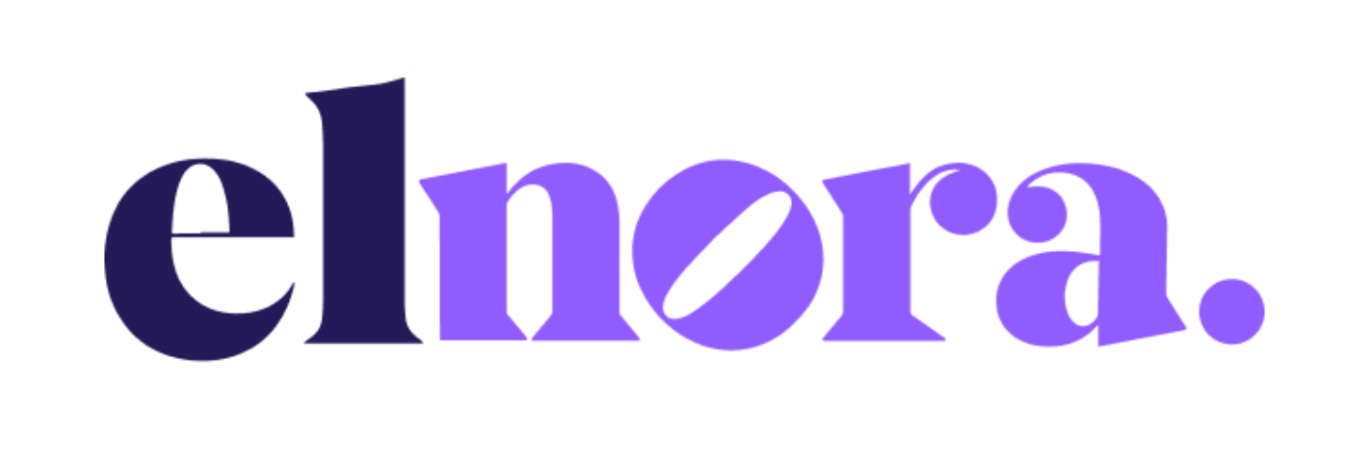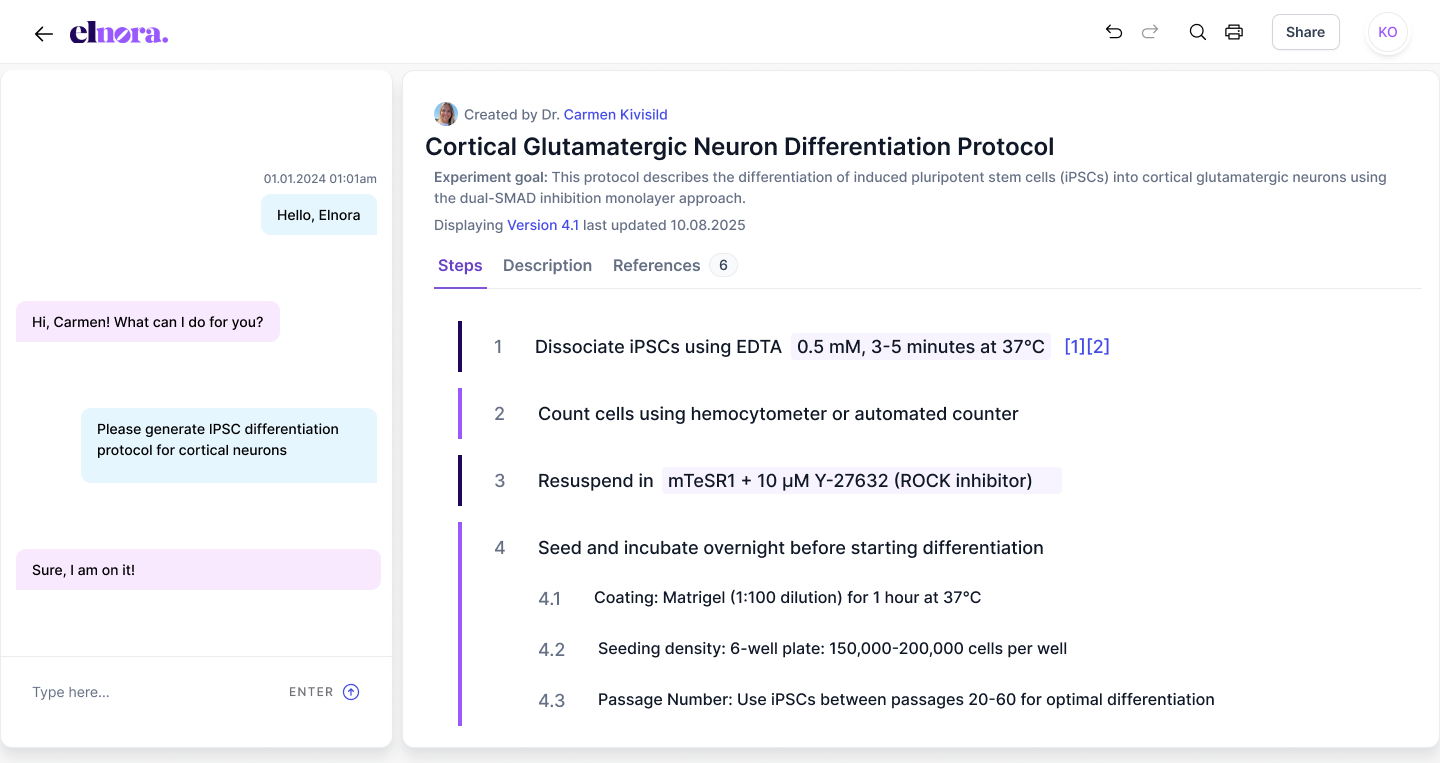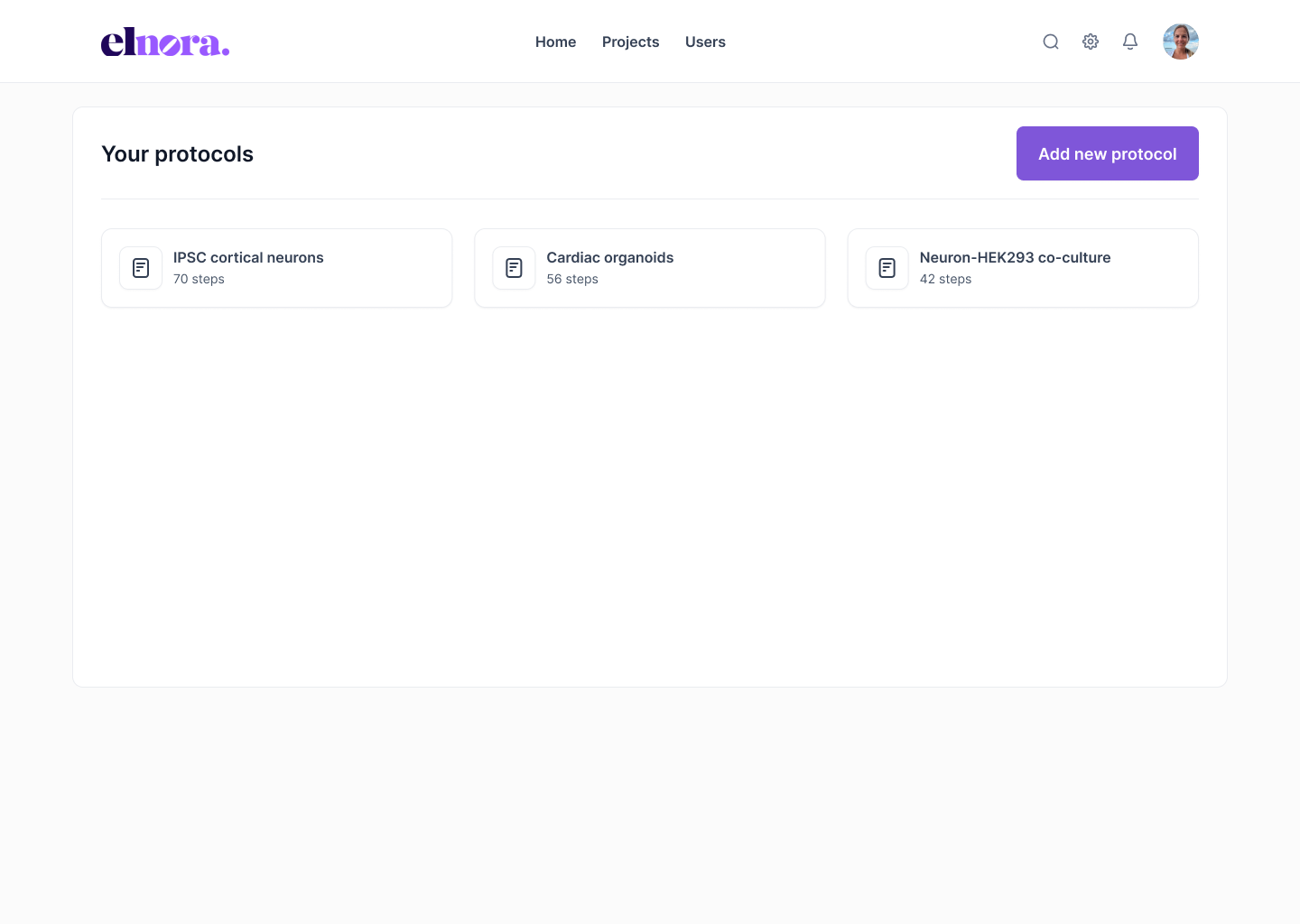🧪 Elnora AI: Learning From the Experiments Science Forgets
Deep Dive | Edition 7
Welcome back to the deep dive, where we break down the AI tools and data reshaping how new drugs are discovered. In each edition, we speak directly with the teams behind these tools to explain what they solve, how they work and where they are going next.
Today we’re having a look at Elnora AI, founded by Carmen Kivisild, a neuroscientist who turned a personal frustration into an innovative new approach to drug discovery.
After 12 years in academia, including a PhD in molecular neuroscience from UCL and a postdoc in antivirals at KCL, Carmen had a familiar but painful realisation: most of her research, including the discovery of eight potential antiviral drugs, was locked away in an old computer. “Twelve years of my work was just sitting there, unused,” she told us. “That experience made me think: what if all this negative data, all these protocols and failures that never see the light of day, could actually help others avoid repeating the same mistakes?”
That thought became Elnora, a company now based in Salt Lake City launched out of Recursion’s Altitude Lab startup program with a fellowship and mentorship from Recursion CEO Chris Gibson. Even the name carries personal meaning: drawn partly from her daughter’s name, Nora, and partly from the Spanish “el,” a nod towards her male co-founder.
🔴 The Problem
Science advances on published results but the reality of research is that most experiments fail. These “negative results” rarely get written up, let alone shared, even though they contain the information most useful for avoiding dead ends.
For Carmen, the frustration was lived. Her antiviral discoveries never reached the clinic, not because the science was unworthy but because of the realities of academic publishing and career transitions. Multiply that across thousands of labs worldwide and you get a staggering, borderline shocking, amount of data lost.
“Protocols contain everything,” Carmen explained. “They’re written before the experiment, so they record all the conditions regardless of outcome. That’s where the failed experiments live, in the steps people don’t publish.”
The problem is not just inefficiency. It is cultural. Scientists tend to guard their data, especially in pharma, where intellectual property is everything but others, like CROs or companies selling reagents, are often eager to share if it helps their customers succeed. As Carmen put it, “A company inventing CRISPR won’t share but a company developing an FBS alternative wants people to know how to use it best. For them, sharing protocols is a competitive advantage.”
💡 The Idea
Elnora’s answer is deceptively simple: collect and learn from negative data hidden in protocols, and use it to optimise future experiments.
Crucially, the company does not analyse scientific results or try to generate new biological hypotheses. Instead, it focuses on process-level information: were the cells alive, what medium was used, how long was the incubation. By studying these details across protocols, the system can flag patterns that lead to failure and suggest adjustments.
“Our role is to fix protocols,” Carmen said. “We’re not telling you what target to work on. We’re making sure the experiment runs as intended.”
By shifting attention to the steps most researchers overlook, Elnora turns wasted effort into actionable knowledge. Every failed attempt becomes part of a growing knowledge base, making it easier for the next experiment to succeed.
📊 Training Data
Behind Elnora’s protocol-fixing engine is a diverse set of data sources. Most of what the system works with comes in the form of text documents or spreadsheets, the kinds of files that often live in Google Drive, OneDrive, SharePoint, or Notion. For labs already using electronic lab notebooks or LIMS platforms such as Benchling or CDD Vault, Elnora can draw directly from there as well.
This private data is then enriched with public sources, including scientific databases, published literature and patent records, before being structured into a knowledge graph. That graph provides context for Elnora’s AI agents when a researcher asks a question or requests a protocol. In labs running robotic platforms, the picture expands further, with log files and orchestration scripts also feeding into the system.
Video and other multimodal data are not yet supported but Carmen was clear that they are firmly on the roadmap. The goal is to capture as much of the experimental process as possible, no matter where it lives, and use it to make future experiments more reliable.
🔬 Why It’s Different
Most AI-driven tools in biology focus on molecules: finding new drug candidates, predicting binding affinities, or designing proteins. Elnora is different. It operates at the level of process, the protocols that underpin every experiment.
This unique angle gives them several advantages:
Learning from failure: Instead of ignoring negative results, Elnora treats them as valuable training signals.
Protocol-first focus: By working on lab processes, they improve reproducibility and reduce wasted time.
Negative data as an asset: What most scientists throw away becomes the raw material for collective progress.
Bridge to automation: By standardising protocols, Elnora is forming a real foundation for machine-readable scripts in robotic labs.
🔮 The Future
Elnora is in the middle of a major platform upgrade, with a new, more visual and functional version launching in the coming weeks.
The longer-term vision is a “virtual lab.” In this future, scientists can run experiments in simulation first, testing different conditions, media, or co-cultures, before ever touching a pipette. The platform would estimate the likelihood of success, generate optimised protocols, and eventually translate them into machine-readable instructions for robotic labs.
“Imagine being able to run as many experiments as you want virtually,” Carmen said. “Then only doing the physical ones that are most likely to succeed. That’s where this is going.”
Importantly, she is clear that humans will not be cut out of the loop. The goal is to free scientists from tedious, repetitive failures so they can focus on creativity and discovery.
At its heart, Elnora is driven by Carmen’s personal motivation: “I don’t want anyone else’s research to sit unused for years like mine did. If we can make drug discovery more efficient, more drugs will get invented, and more patients’ lives will be saved.”
👩🔬 Get in touch with Carmen.
💻 Elnora Website.
🌐 Elnora LinkedIn.
Thanks for reading!
Did you find this newsletter insightful? Share it with a colleague!
Subscribe now to stay at the forefront of AI in Life Science and keep up with this upcoming season of deep dives.
Connect With Us
Have questions or suggestions for our next deep dive? We’d love to hear from you!
📧 Email Us | 📲 Follow on LinkedIn | 🌐 Visit Our Website






